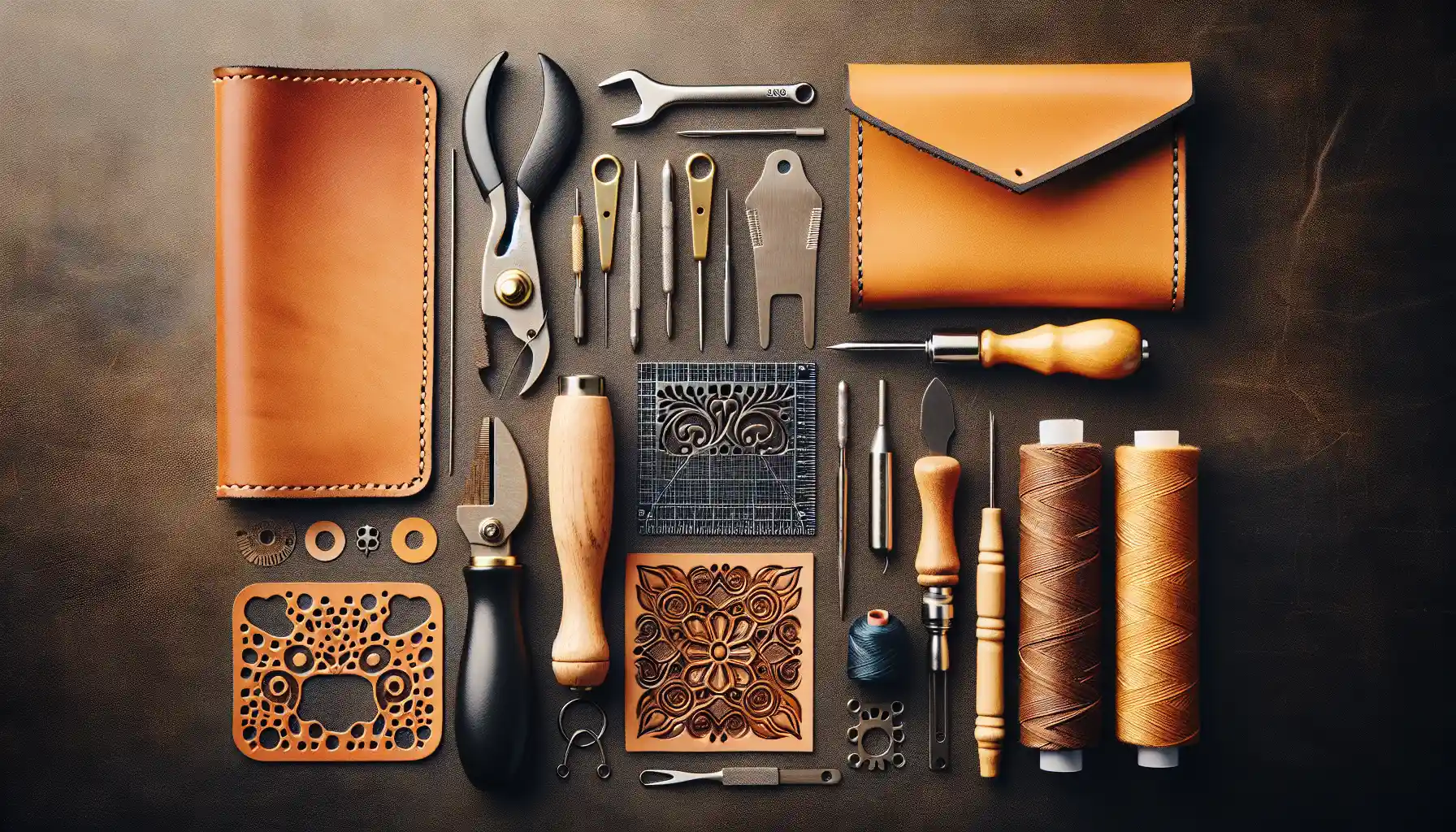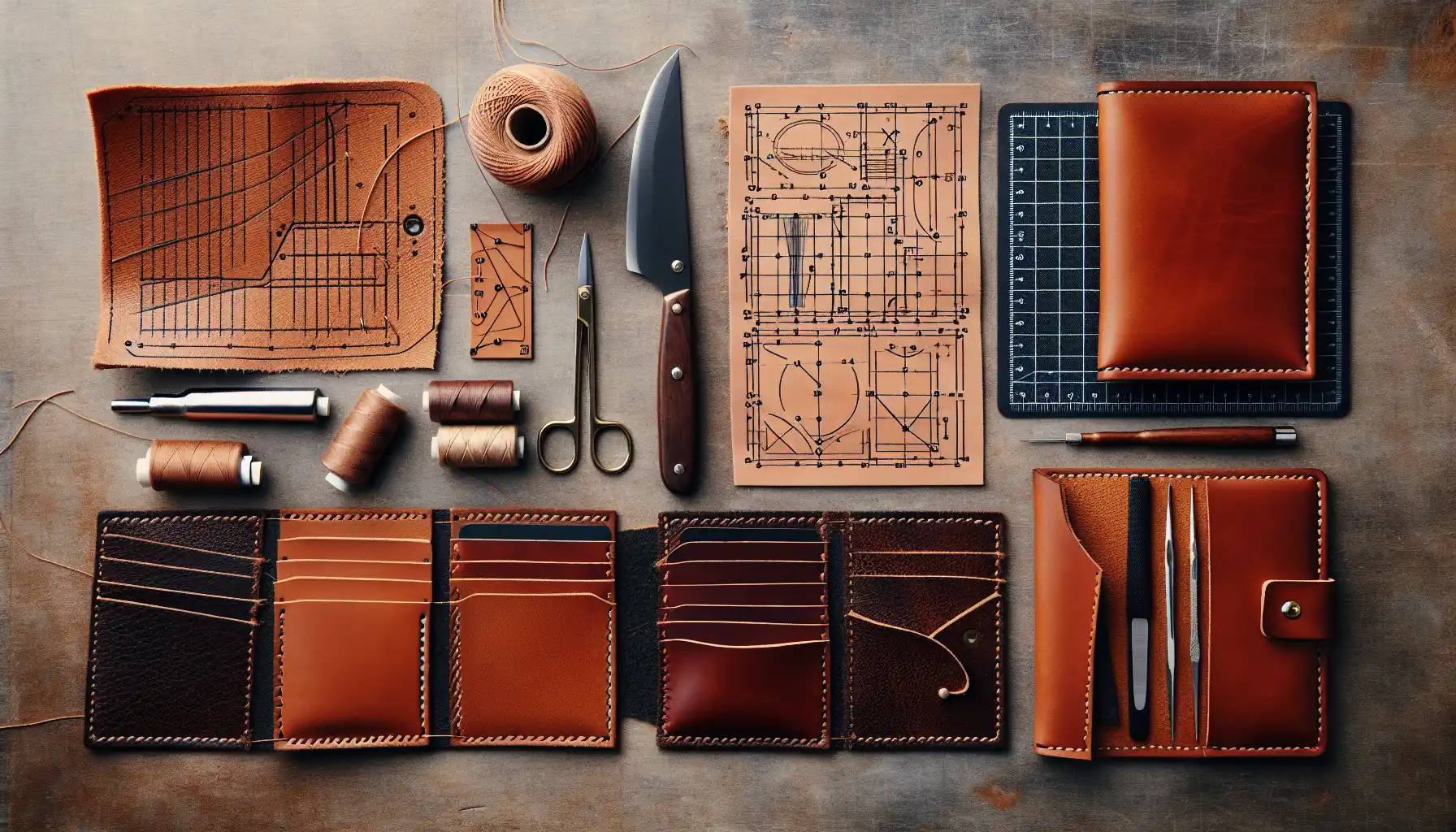Mastering the Art of Crafting Timeless Leather Wallets with Japanese Techniques
Understanding Traditional Japanese Leathercraft Techniques
Unearthing the Soul of Japanese Leathercraft
Imagine holding a wallet that feels like it carries whispers of history, tradition, and unparalleled craftsmanship. That’s the magic of traditional Japanese leathercraft. It’s not just about making something functional; it’s about weaving in a story—your story.
Japanese artisans approach leather like poets approach words. They don’t rush. Instead, they honor every fiber, every crease, every natural imperfection of the material. Techniques such as
, where intricate patterns are dyed onto leather, or sashiko stitching, a hand-sewn technique that creates bold, geometric designs, transform a simple wallet into a piece of art.
- Ever heard of shokunin spirit? It’s the relentless pursuit of perfection, combined with humility.
- Or how about tsutsumi, the art of wrapping? This philosophy influences the way leather is folded and stitched to cradle your belongings.
And let’s not forget the tools: delicate awls, bone folders, and razor-sharp knives—all handled with the precision of a calligrapher’s brush. Crafting leather wallets with Japanese techniques isn’t just a skill—it’s a meditation.Essential Tools and Materials for Crafting Leather Wallets

The Must-Have Tools That Bring Your Wallet to Life
Creating a leather wallet isn’t just a task—it’s an art form. And like any artist, you need the right tools in your hands to bring your vision to life. Imagine trying to paint a masterpiece without a brush! Let’s dive into the essentials that will help you craft something truly remarkable.
First up, your trusty cutting tools. A precision knife isn’t just a tool; it’s your scalpel for shaping your masterpiece. Pair it with a steel ruler, and you’ll slice through leather like butter, achieving those crisp, clean edges.
And let’s talk stitching—where the magic of durability meets design. You’ll need a set of diamond chisels to create those perfect, evenly spaced holes. Trust me, when your thread glides through like silk, you’ll thank yourself for investing in quality tools.
Here’s a quick checklist of essentials:
- Beeswax – To keep your thread smooth and tangle-free.
- A bone folder – The unsung hero for sharp creases and polished edges.
- Edge bevelers – For that pro-level finish.
These tools aren’t just items—they’re your allies, your co-creators. Together, they’ll help transform raw leather into a timeless wallet that tells a story.Step-by-Step Guide to Making a Timeless Leather Wallet

Why Japanese Techniques Make Your Wallet a Work of Art
Imagine holding a wallet that feels alive in your hands—its texture smooth yet rugged, its edges polished to perfection. This is the magic of crafting with Japanese techniques. These methods don’t just create wallets; they breathe life into them, weaving tradition and precision into every stitch. What sets them apart? It’s their obsessive attention to detail and an almost spiritual connection to the materials.
Japanese artisans believe that leather isn’t just a material—it’s a story waiting to be told. Their techniques focus on honoring the natural beauty of the hide, enhancing it rather than hiding imperfections. Take, for instance, the art of edge burnishing. With nothing more than a simple wooden tool and beeswax, the edges of your wallet transform into a glassy, seamless finish. Isn’t that incredible?
And then there’s the hand-stitching. Forget sewing machines; this is all about the rhythm of two needles dancing in harmony. The result? A saddle stitch so durable it could outlive you. Trust me, once you’ve experienced this level of craftsmanship, mass-produced wallets will feel soulless.Tips for Perfecting Your Leathercraft Skills

Why Japanese Leathercraft Techniques Feel Like Poetry in Motion
There’s something almost meditative about working with leather the Japanese way. It’s not just about cutting and stitching—it’s about breathing life into every fold, every crease. Imagine holding a piece of premium full-grain leather and feeling its story under your fingertips. The Japanese approach honors that story, treating it like a sacred art form rather than just a skill.
One thing that sets these techniques apart is their obsession with precision. Take the iconic chiseling method, for example. It's not just about punching holes; it’s about creating perfect, clean lines that would make even a perfectionist swoon. And those edges? They’re burnished until they’re smoother than glass, thanks to the timeless tool known as the kokatana.
- Hand-stitching mastery: The saddle stitch isn’t just durable—it’s beautiful, with threads locking into place like puzzle pieces.
- Natural dyeing: Japanese artisans often use plant-based dyes, creating earthy tones that whisper elegance.
Every wallet you create using these methods becomes more than an accessory—it’s a statement of patience, artistry, and love for the craft. Doesn’t that sound like something worth striving for?The Cultural Significance of Japanese Leathercraft

The Soulful Connection Between Craft and Culture
Picture this: a skilled artisan in a quiet Kyoto workshop, hands moving with the precision of a calligrapher, shaping leather as if it were poetry in motion. Japanese leathercraft isn’t just about wallets or tools—it’s a philosophy, a connection to history, and a nod to imperfection through the concept of wabi-sabi. Every stitch, every fold, tells a story that stretches back centuries.
What sets Japanese leathercraft apart is its deeply rooted cultural values. It’s not about mass production; it’s about honoring the material and respecting the process. Leather, once the skin of a living being, is treated with reverence, dyed with natural indigo or persimmon, and shaped with methods passed down through generations.
- : celebrating flaws by turning them into beauty.
- Techniques like sukumo indigo dyeing, adding depth and soul to the leather’s surface.
- Tools like kiridashi knives, designed for precision and grace.
When you hold a hand-crafted Japanese leather wallet, you’re not just holding an accessory. You’re cradling a piece of culture, a whisper from the past, and a legacy of craftsmanship that defies time.





